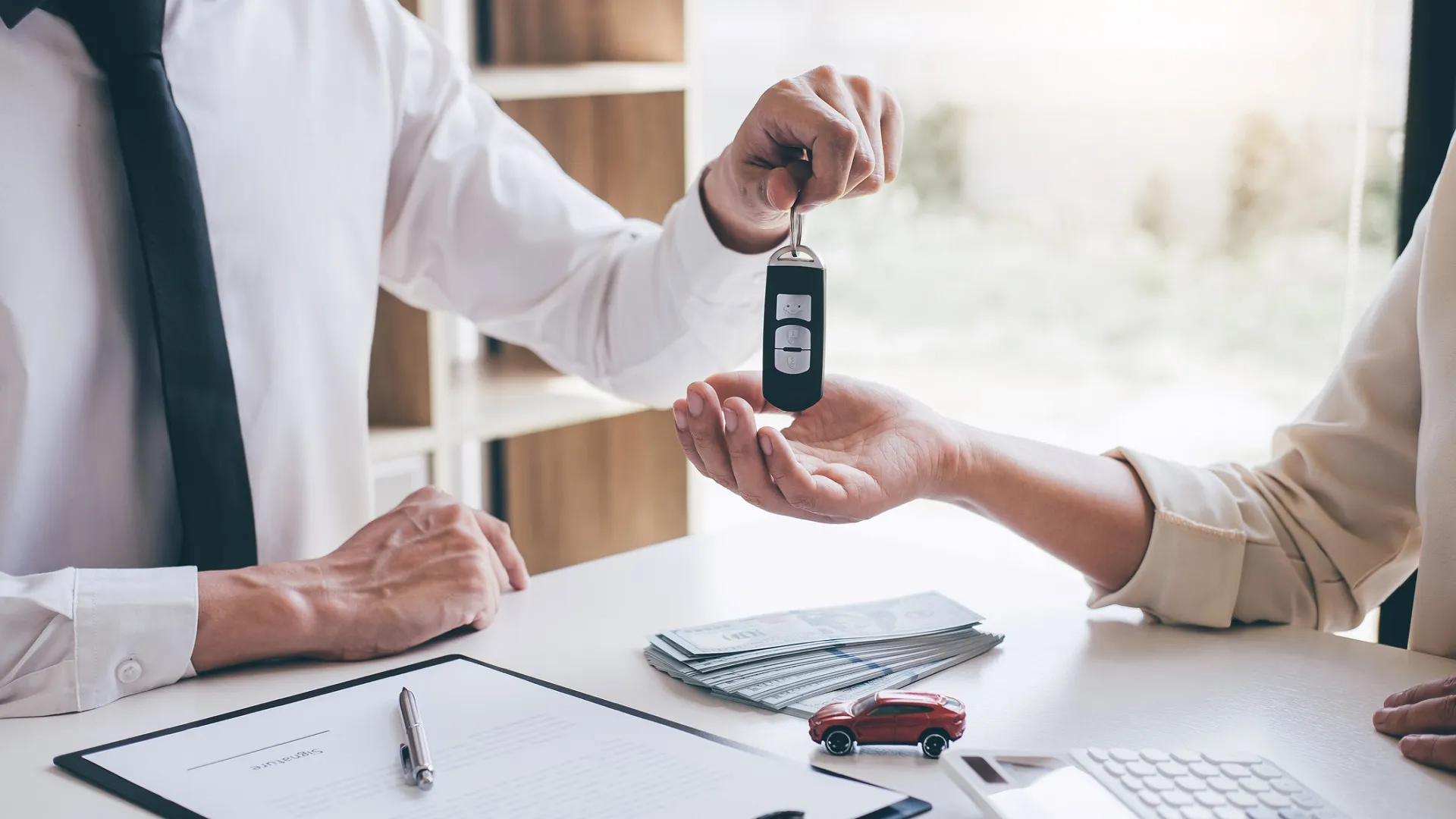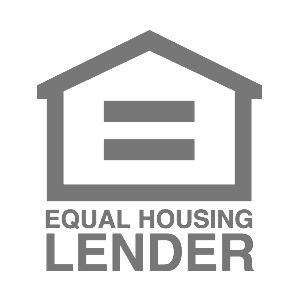Yes, you can buy a car with a home equity line of credit (HELOC). Is it a smart financial move? Maybe. Learn more below.

In This Article
The pros and cons of buying a car with a home equity line of credit
Let’s consider the pros and cons of using a home equity line of credit to purchase a vehicle:
Pros
● Lower interest rate
Some homeowners use a HELOC to buy a car because the interest rate can be lower than the interest rate on a traditional auto loan. If you have good credit, you may qualify for a low rate regardless of how you choose to finance the car. However, you may discover that a HELOC offers the lowest interest rate and the lowest monthly payment.
● Increased negotiating power
A HELOC may offer a larger credit limit than an auto loan, allowing you more bargaining power when negotiating the price of the car. If you pay the full price up front, you may also be eligible for a rebate.
● Tax benefits
The interest you pay on a HELOC may be tax deductible if you choose to itemize deductions. There are zero tax perks when you use a car loan. It is recommended, however, that you consult your accountant or tax preparation service as this is subject to change based on current tax laws or your locality.
Cons
● Closing costs
Some HELOCs have closing costs, which can range from 2%-5% of the total line of credit. These costs can be paid out of pocket at closing, either by financing them with proceeds of the HELOC, or by paying them in cash. You may be able to negotiate a no closing costs option.
● Risk of foreclosure
You could be at risk of losing your home. In this scenario, your home acts as collateral for the HELOC. If you’re unable to make the payments, the lender has the option to sell your home to recoup the debt that you owe.
● Less interest, long repayment term
The longer repayment timeline of a HELOC could lower your monthly payments, but the loan could outlive your car. On average, consumers own their cars for 8.4 years, while the average HELOC has a repayment term of up to twenty years. This could result in you still repaying the HELOC for the old car while financing a new one.
Should I use a HELOC to buy a car?
Using a HELOC to purchase a car is a common practice, and you may get a better interest rate on your loan. However, before you make a decision, consider the risks of using your home as collateral and the drawbacks of choosing a longer loan. As a general rule, it’s not a good idea to carry debt any longer than you have to—especially for a car that will quickly depreciate—though it may work best for you depending on your financial situation.
Other Options
If you cannot, or do not want to get a conventional auto loan but also don’t want to put your home up as collateral, consider a home equity loan (not the same as a line of credit), or a low rate online personal loan instead.
How do car loans work?
A car loan allows you to borrow money from a dealer or financial institution to buy a car. You agree to pay it back monthly over a set period of time plus any fees and interest you accrue. Your monthly payment depends on the amount of the loan, the term of the loan, and the interest rate. Consider shopping around with different lenders to determine which loan works best.
Getting your car loan approved
Typically, you have to complete a loan application with information about your financial situation to receive a car loan. The approval process usually begins with a pre-qualification that does a soft check on your credit, which shouldn’t affect your credit score. Once you’re pre-approved and decide to proceed with the loan, the lender typically pulls a hard inquiry on your credit, which can cause a dip in your credit score for a short period of time.
Qualifying for a HELOC Loan
While a car loan is based on the amount you need for a specific automobile purchase, a HELOC is based on your home equity and can be used for essentially anything.
When you apply for a HELOC, the lender runs your credit, looks at your financial health, and does due diligence regarding your home’s value before offering the amount you’re eligible for. Get a quick estimate of how much you may be eligible to receive from a HELOC by using Prosper’s HELOC calculator.
Eligibility for a home equity loan or HELOC up to the maximum amount shown depends on the information provided in the home equity application. Depending on the lender, loans above $250,000 may require an in-home appraisal and title insurance. Depending on the lender, HELOC borrowers must take an initial draw of the greater of $50,000 or 50% of the total line amount at closing, except in Texas, where the minimum initial draw at closing is $60,000; subsequent HELOC draws are prohibited during the first 90 days following closing; after the first 90 days following closing, subsequent HELOC draws must be $1,000, or more, except in Texas, where the minimum subsequent draw amount is $4,000.
The amount of time it takes to get funds varies. It is measured from the time the lender receives all documents requested from the applicant and depends on the time it takes to verify information provided in the application. The time period calculation to get funds is based on the first 4 months of 2023 loan fundings, assumes the funds are wired, excludes weekends, and excludes the government-mandated disclosure waiting period.
For Texas home equity products through Prosper, funds cannot be used to pay (in part or in full) non-homestead debt at account opening.
Depending on the lender, qualified home equity applicants may borrow up to 80% – 95% of their primary home’s value and up to 80% – 90% of the value of a second home. In Texas, qualified applicants may borrow up to 80% of their home’s value. HELoan applicants may borrow up to 85% of the value of an investment property (not available for HELOCs).
Home equity products through Prosper may not be available in all states.
All home equity products are underwritten and issued by Prosper’s Lending Partners. Please see your agreement for details.
Prosper Marketplace, Inc. NMLS# 111473
Licensing & Disclosures | NMLS Consumer Access
